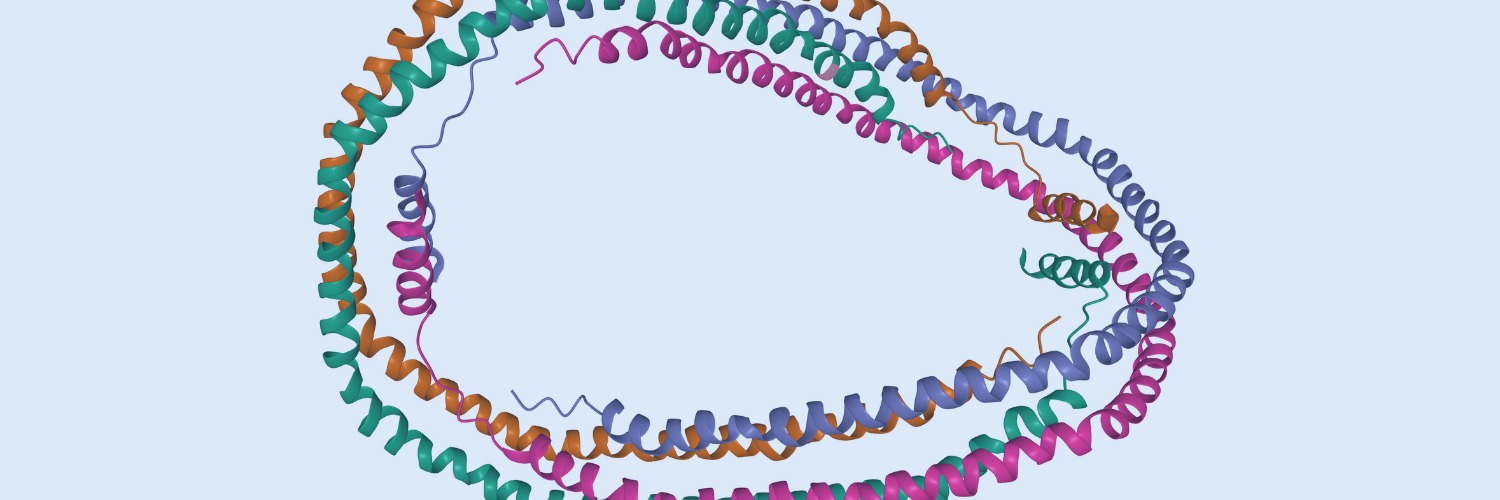The following is a summary of “Anthropometric Equations to Predict Visceral Adipose Tissue in European and American Youth,” published in the FEBRUARY 2023 issue of Pediatrics by Samouda, et al.
For a cross-sectional study, researchers sought to investigate whether prediction equations that consider differences in subcutaneous abdominal adipose tissue and include a limited but selected number of anthropometrics can improve the prediction of visceral adipose tissue (VAT) in youth.
The study included 181 White Europeans and 186 White and Black Americans aged 7-18 with overweight or obese. Anthropometrics and abdominal adipose tissue by MRI were available. In addition, multivariable regressions were conducted to develop and validate the VAT anthropometric predictive equations.
The study found that a model including both waist circumference (WaistC) and hip circumference (HipC) (VAT = [1.594 × WaistC] – [0.681 × HipC] + [1.74 × Age] – 48.95) more accurately predicted VAT in girls of White European ethnicity (R2 = 50.8%; standard error of the estimate [SEE] = 13.47 cm2), White American ethnicity (R2 = 41.9%; SEE, 15.63 cm2), and Black American ethnicity (R2 = 25.1%; SEE, 16.34 cm2) (P < .001), than WaistC or BMI. On the other hand, in boys, WaistC was the strongest predictor of VAT, and HipC did not significantly improve VAT prediction.
The study concluded that a model including WaistC and HipC, which considered differences in subcutaneous abdominal adipose tissue, more accurately predicted VAT in girls and was superior to commonly measured anthropometrics used individually. In boys, other anthropometric measures did not significantly contribute to predicting VAT beyond WaistC alone. The results suggested that selected anthropometric predictive equations for VAT can be an accessible, cost-effective alternative to imaging methods used in clinics and research.



















